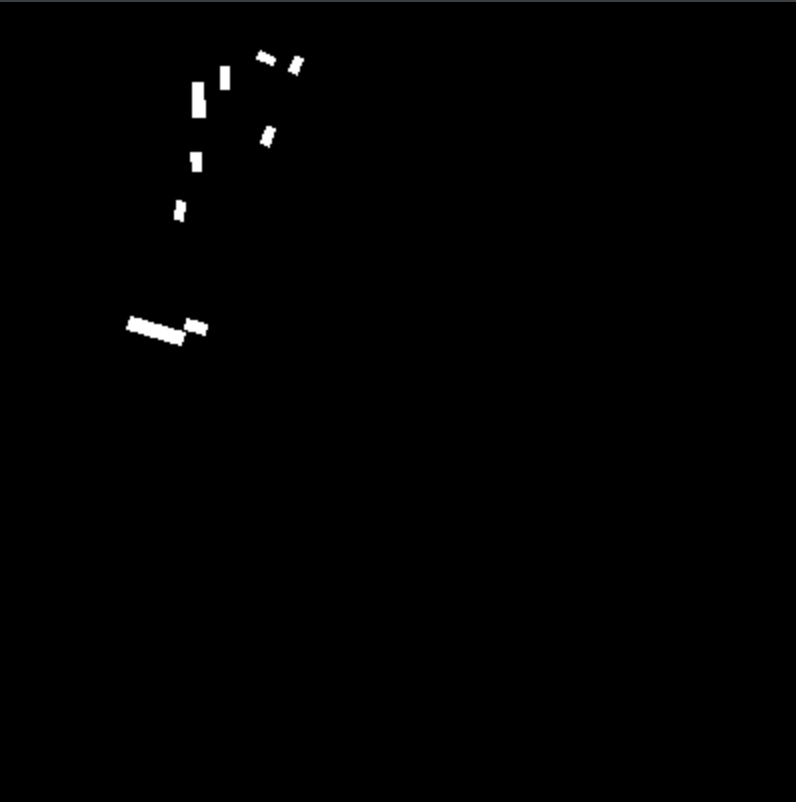@Owen-Liuyuxuan the secret lies in the binimgs label used in training, which is a variable of shape: (4, 1, 200, 200) and the "4" is the batch size here.
This is how it looks like:

From the looks of it, it's a binary mask saying where the vehicles are? I've just started going through the code so don't take my word for it, try running the code yourself with the "mini" dataset.
Thanks for your great work. We have been quite eager to know more about this work. For me, it is still rather confusing how the network converts the (C,D,H,W) image features into the BEV image.
I found you mention both point-pillar oft paper. It is rather difficult for me to merge these two methods here (both conceptually and in code). And your video presents some codes on the splat part which is still quite confusing for me...
Would love to ask for some more detailed introduction or some snippets of codes about this?
Thank you.